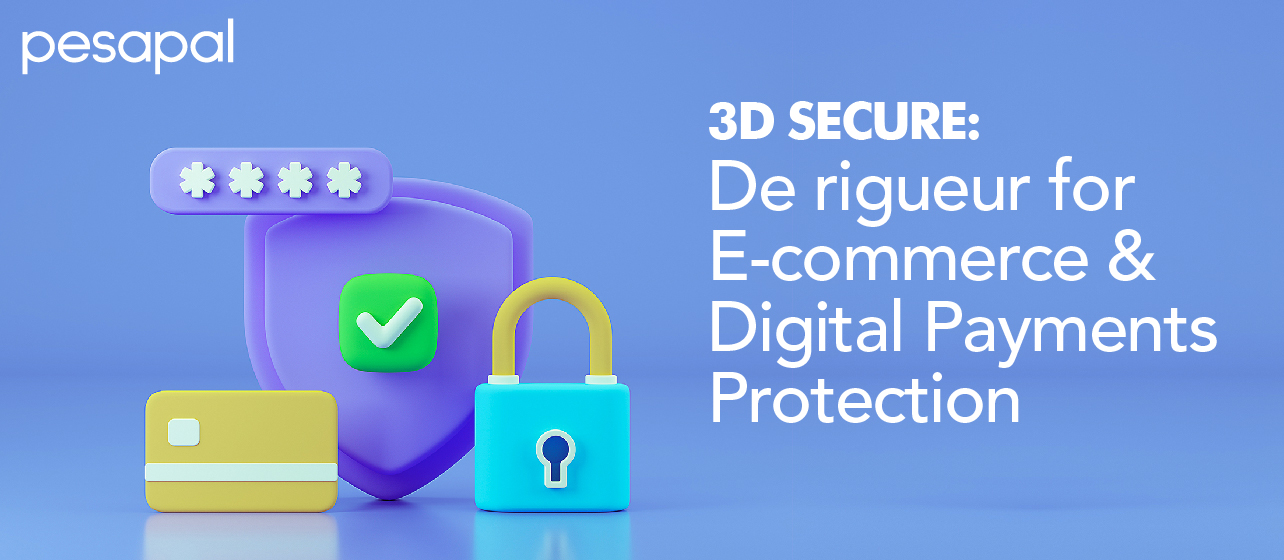
Once a by-product of digital transformation, e-commerce has become the fuel that drives modern day trade. Although it brings new possibilities for global commerce, there is growing concern that its proliferation has ushered identity theft and fraudulent conduct on the internet.
Identity theft is a growing problem in today's world. In the past two years, since the outbreak of the pandemic, the world has experienced an unprecedented increase in cyber-attacks and malicious cyber activity. According to Aite-Novarica Group report, sponsored by Outseer the total global card-not-present (CNP) fraud losses will reach $17.2 billion by 2023.
These cyber-attacks compromised enterprises in an extensive array of business sectors as well as the public. Identity theft crime comes out by combination of cybercrimes from one side and lack of users' awareness from another side.
Unfortunately, without ensuring a secure e-commerce environment, it is almost impossible to gain confidence and trust for online customers and merchants.
As more consumers shop online, there is an increased need for secure payment solutions, sophisticated fraud prevention and detection solutions.
Despite concerted global efforts, every subsequent year the statistics worsen and show that we are far from being able to mitigate and contain the myriad cyber-threats targeting financial institutions, merchants and consumers.
While many of the statistics seem dire, there is some positive aspect on the trends side as the cybersecurity community has been taking several initiatives to create both cyber awareness and action.
Today, organisations are forced to ask themselves: do we throttle up security and risk losing revenues to false positives and abandoned transactions? Or do we prioritize customer experience and watch fraudsters cart away with our profits?
Enters 3D Secure Pay Authentication.
3D Secure Pay Authentication is a system that adds an extra layer of security to online credit and debit card transactions. It requires the cardholder to enter a one-time code that is generated by their bank when they make a purchase. This code is sent to the cardholder’s mobile phone via text or voice message. The cardholder then enters the code on the website to complete the transaction.
The global 3D Secure Authentication market has witnessed a steady surge in the past three years. This move is primarily driven by the increasing adoption of 3D secure technique by merchants and financial institutions to reduce the misuse of cards and loss of payments.
Today, 3-D Secure is seen to be more effective when compared to other fraud detection solutions.
Trends
The adoption of the 3-D Secure Pay Authentication technology is mainly driven by three key trends including:
The growing use of biometrics: This trend is being driven by the increasing use of mobile devices for online transactions.
Secondly, the move to cloud-based solutions: This trend is being driven by the need for organizations to reduce costs and increase flexibility. Cloud-based 3D Secure Pay Authentication solutions offer these benefits by eliminating the need for organizations to invest in on-premises hardware and software.
Finally, the use of artificial intelligence: This trend is being driven by the need for organizations to improve the accuracy of fraud detection.
Pesapal 3-D secure proposition
At Pesapal, we are amongst the first Fintech players in East Africa to adopt 3-D Secure to safeguard customers against transaction fraud.
Its security benefits, allow us to securely authenticate any customer’s card and device details when they make a purchase online before a transaction ever reaches the bank.
Combatting online payment fraud is facilitated when the public is fully educated and aware of its types and the prevention methods available. People are reliant on the Internet; the possibility of being breached by hackers and fraudsters is growing, especially as socialising, online shopping and banking are carried out through personal computers or mobile devices. 3-D Secure is de rigueur for preventing online payment fraud.